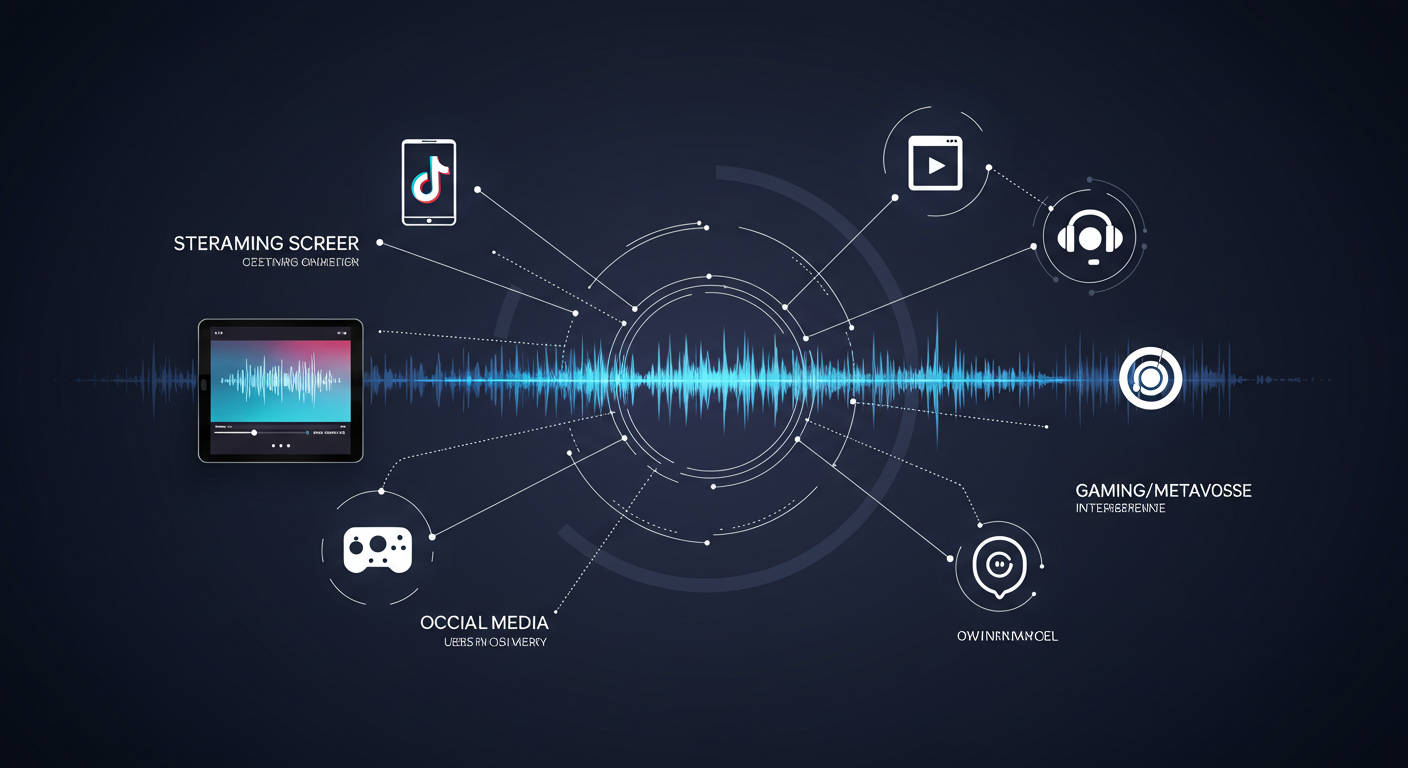By Felicia Nwosu
With the global experiential marketing indicating a quick and robust recovery from the devastating impact caused by the pandemic, the sector is projected to reach USD 57.273 billion in 2028. This was made known by Business Research Insights, an organisation that offers expert analysis and accurate data-based market intelligence, in its latest report. According to the report, the growth represents a Calculated Annual Growth Rate (CAGR) of 3.16 percent during the forecast period.
Meanwhile, the global experiential marketing service market size was USD 47.527 billion in 2021 but it is estimated that the caffeine powder market will experience a higher than anticipated demand across all regions as against its performance during the peak of the pandemic. The projection also indicated that Covid-19 has been the primary driver of the experiential marketing service market expansion and uptake among consumers all over the globe.
The report also indicated that in 2023, the market will grow at a steady rate and with the rising adoption of strategies by key players; the market is expected to rise over the projected horizon.
Meanwhile, another research platform, PQ Media, projected from 2022-2026 revealed that an unprecedented 25.7% plunge in 2020 due to the economic blowback from COVID-19 left a devastating impact to one of the most consistently growing media segments for two decades, but it rebounded 8.2% in 2021 to $67.63 billion. This was why it was expected to grow at an accelerated rate of 11.1% to $75.16 billion in 2022.
However, the platform is optimistic that consumer experiential marketing won’t reach pre-pandemic spends levels until 2024 while averring that more and more advertisers and marketers will continue to embrace the space as the ultimate channel for engagement even after the pandemic.
“For instance, US experiential marketing spend is projected to outpace that of overall advertising & marketing investments and US GDP by 3-6 percentage points in the 2022-2026 period, as brand marketers shift budgets to media channels that demonstrate the ability to engage target consumers, create emotional connections and increase sales.”







Comment
No comments found.